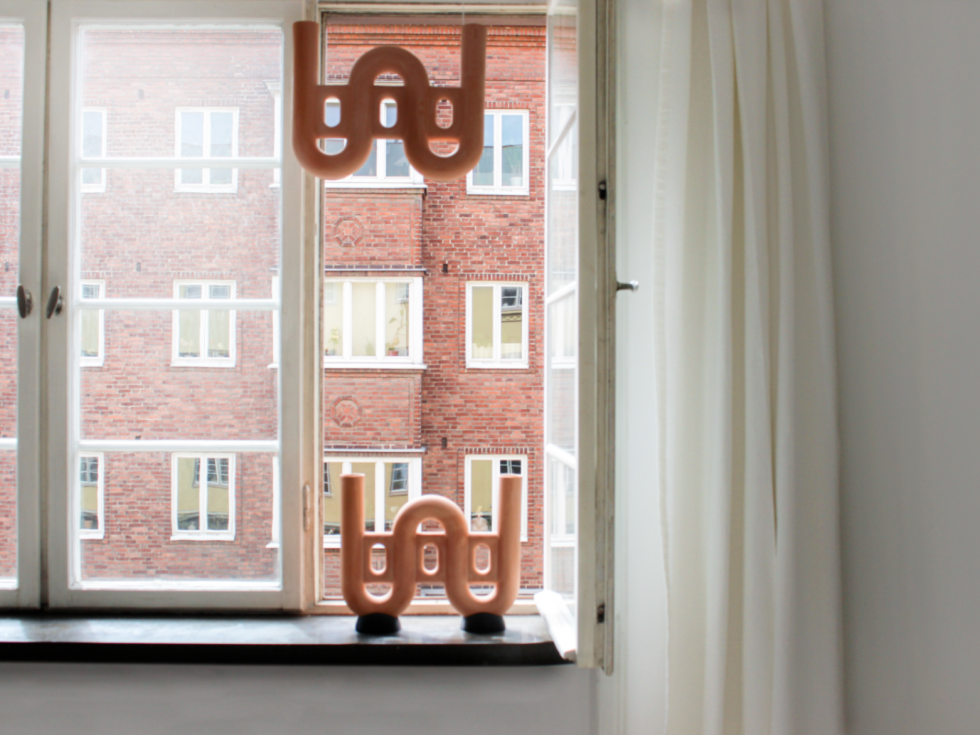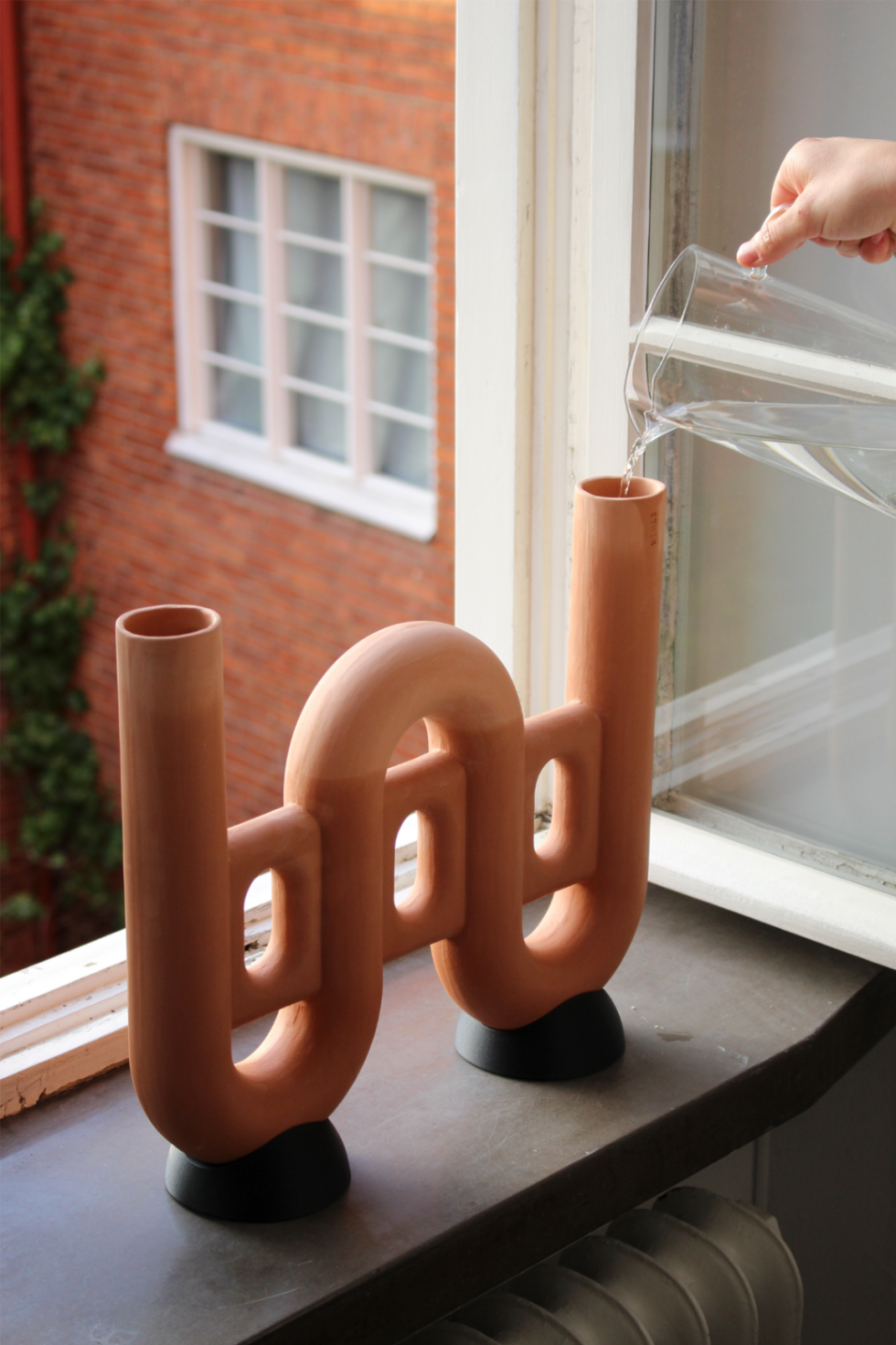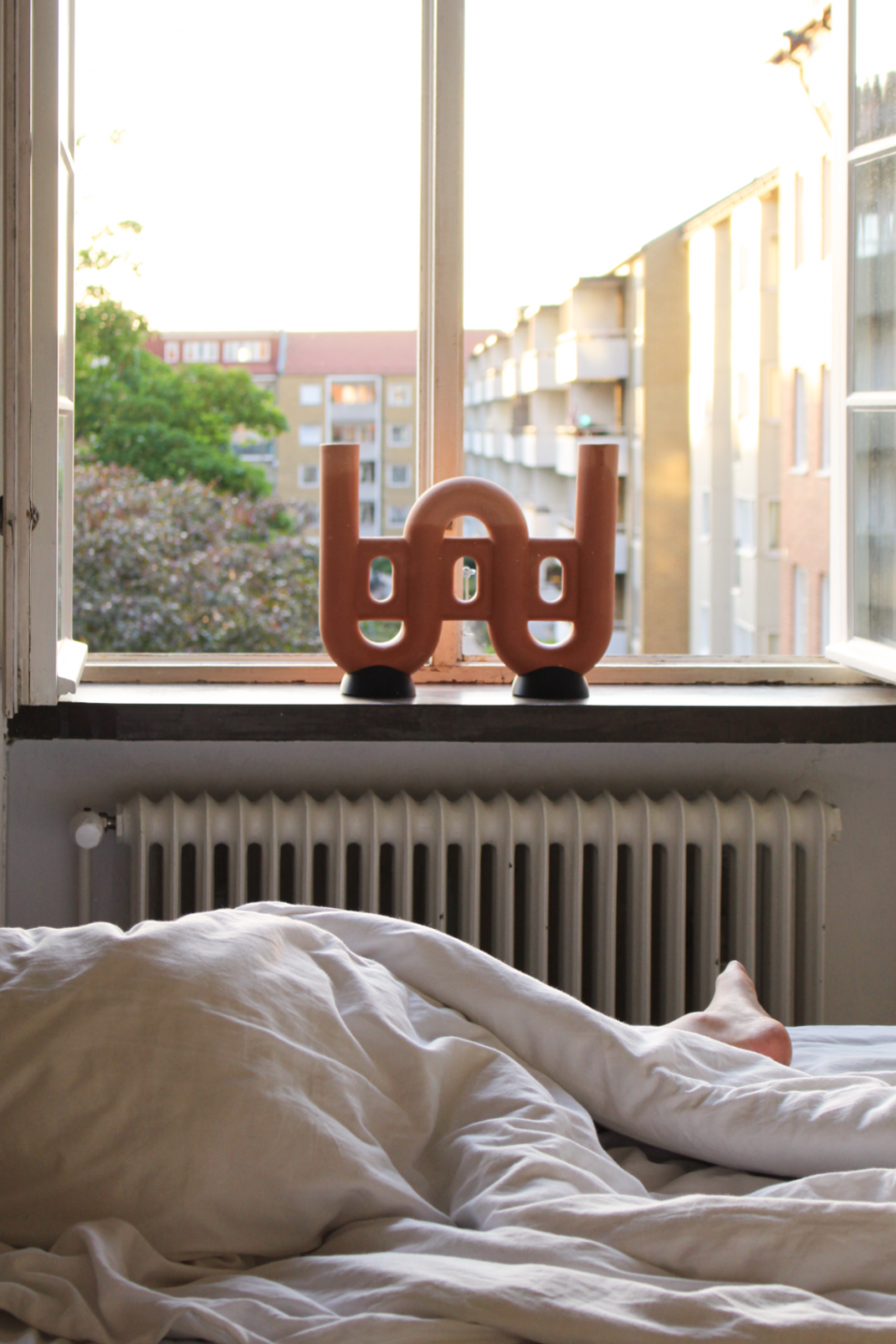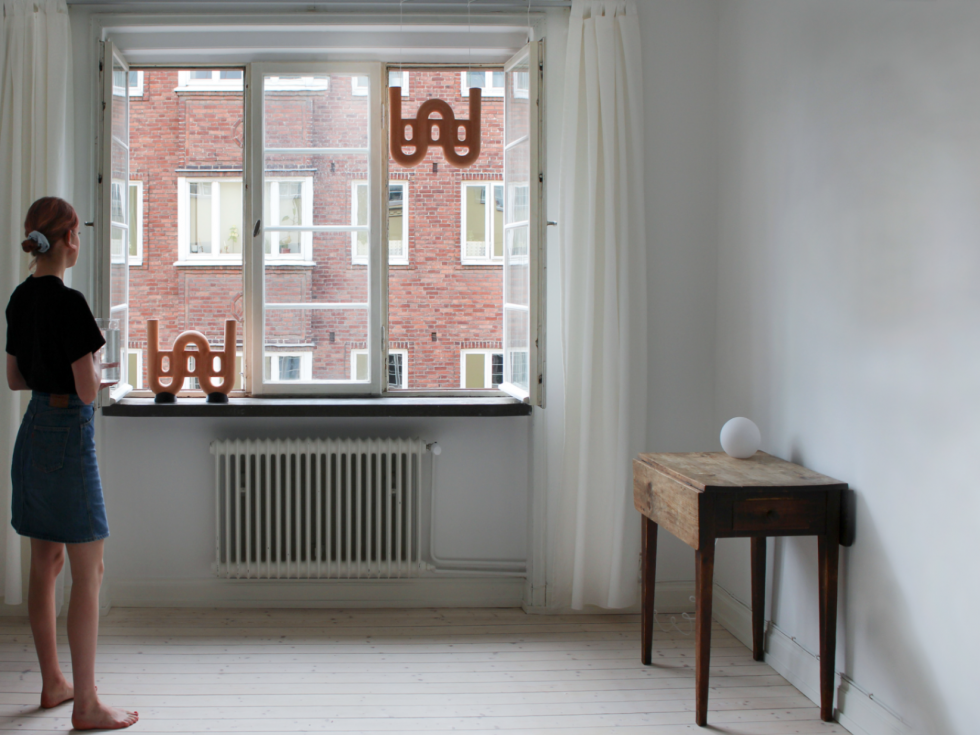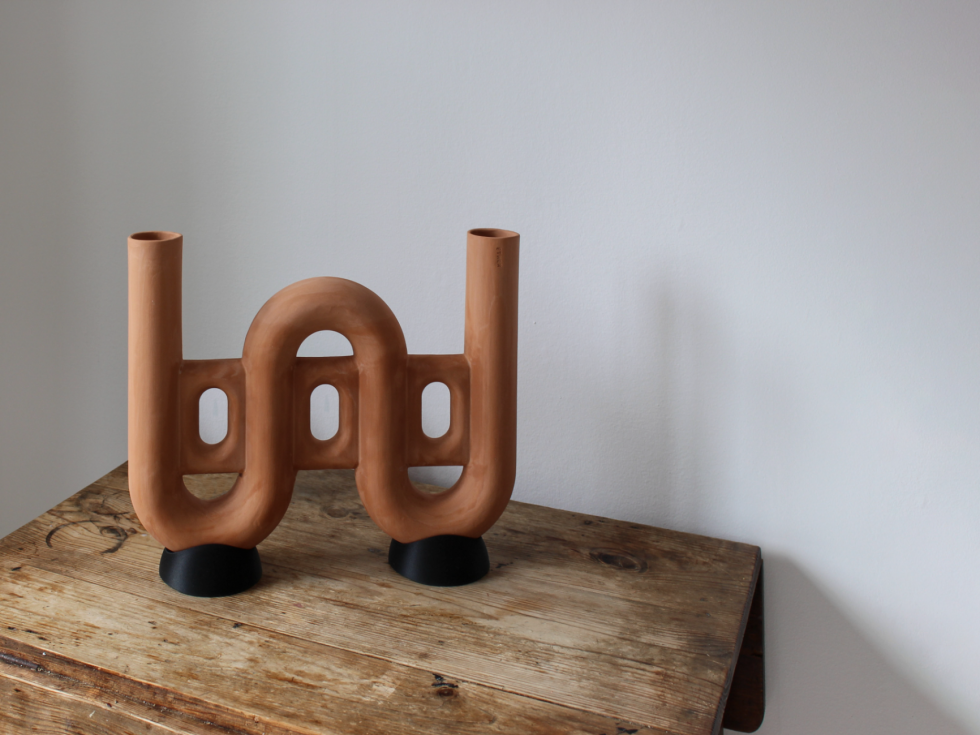Draft
The warmer it gets, the more we use air conditioning. The more we use air conditioning, the warmer it gets.
Due to increased temperatures, the demand for cooling has never been higher than it is today. All across the globe, longer and more intense heat waves are causing damage on urban infrastructure and people’s wellbeing. The US and other nations in warmer climatic zones, have a long tradition of relying on the energy consuming air conditioner to deal with unpleasant temperatures. The rest of us are stuck in the decision whether to follow or to find new alternatives. Within fifteen years the energy used for cooling in Europe is believed to have increased by seventy-two percent if we don’t act differently. It’s a deeply embedded and complex problem involving things such as building regulations, energy efficiency standards, energy company profits, as well as copy-paste architecture that doesn’t consider place nor context and needs air-con to be habitable. In my opinion, in Scandinavia where air-con is not yet a standard, we still have the chance for change.
Through interviews, readings and experiments this project ended up as an analogue tool for coping with heat waves by using the ancient cooling method of evaporation. Using water as fuel and suspending it in front of an open window, the incoming air will travel past the earthenware and reduce the temperature in the room.
The aim with this project is to have people to reconsider other alternatives before giving in for the simple solution. I want to show that there are options more visually appealing, less noisy and most importantly — more kind to the environment.
